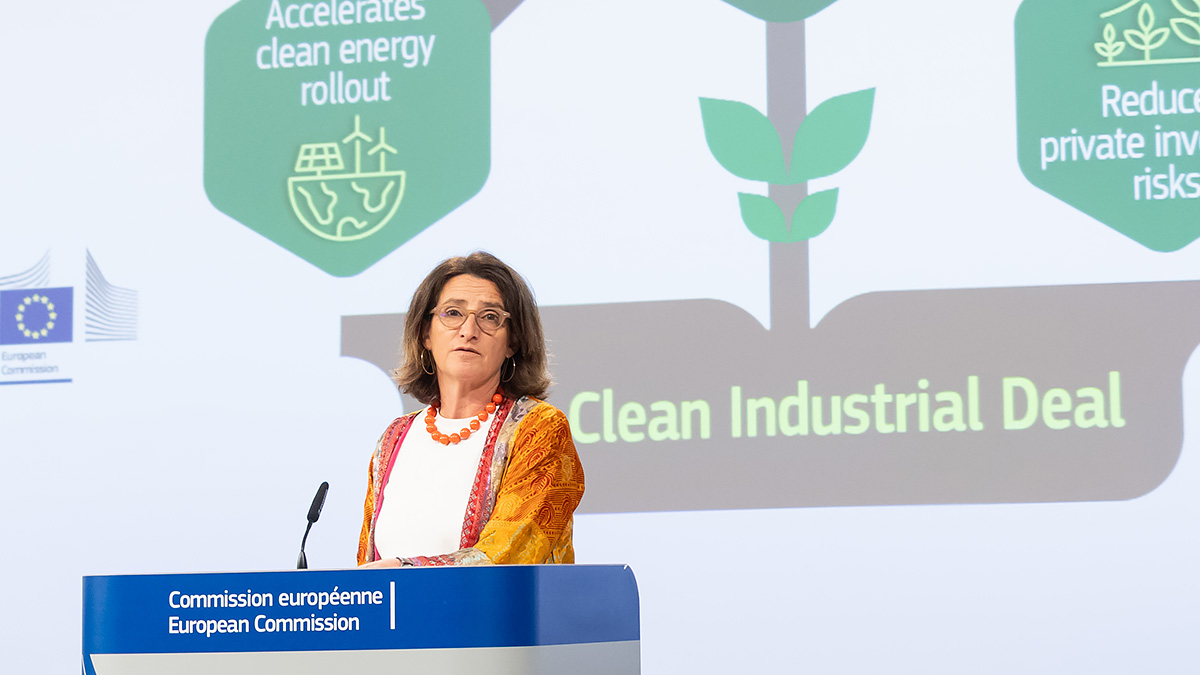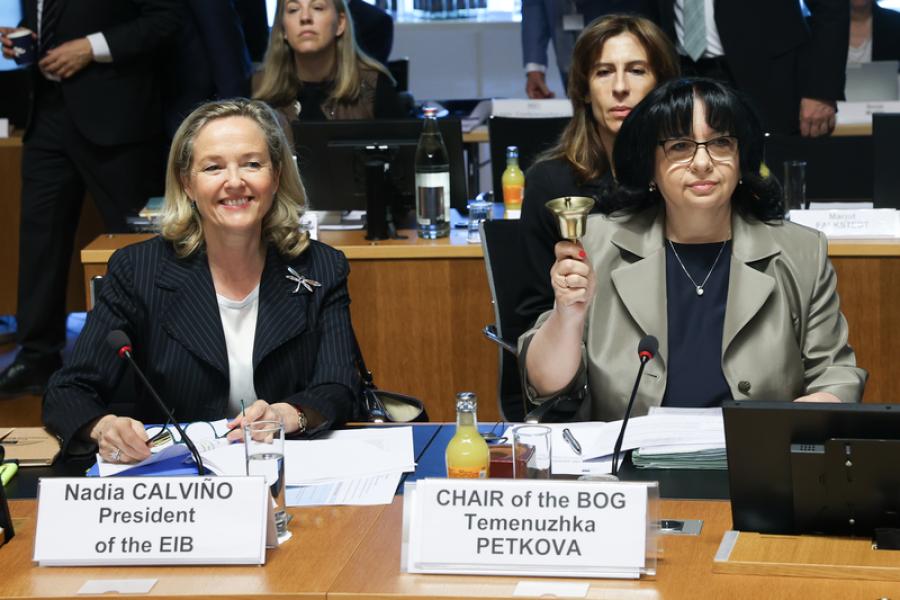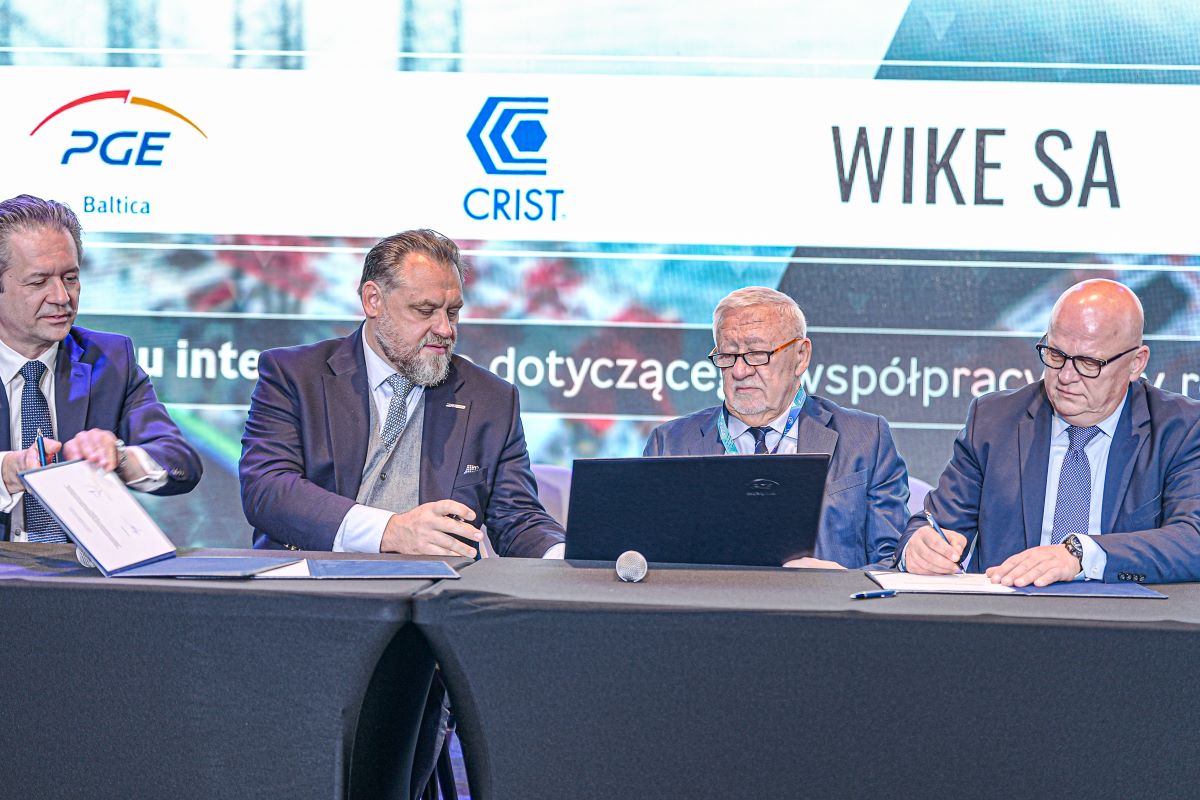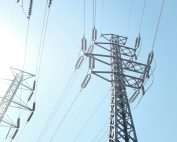According to WindEurope, at the end of 2020, there were 19 offshore wind turbines connected to the Finnish electricity grid within three farms with a total capacity of 71 MW. The offshore wind potential in the Finnish part of the Baltic Sea is estimated at 8 GW (BEMIP). We asked the Finnish Wind Energy Association (Suomen Tuulivoimayhdistys) about the challenges facing the industry in the context of wind energy developed in the Baltic Sea.
The Finnish Wind Energy Association told BalticWind.EU, that Finland does see major potential in the offshore development in the Baltic Sea. “However, to construct on the southern sea areas of Finland, the co-existance with military radars needs to be solved” – explained Heidi Paalatie, Chief Operating Officer, in her commentary for BalticWind.EU.
She added that there is a good number of offshore wind power projects on the sea areas north of Åland/Ahvenanmaa. „It’s estimated, that property tax of offshore wind turbines will be lowered and government-supported demonstration projects will take place to boost the offshore wind sector” – said Heidi Paalatie.
We also spoke about issues related to local content and supply chain. According to Paalatie, there is a lot of skill in Finland related to offshore construction and managing ice loads. „Also, following the government supported Tahkoluoto offshore wind farm project, there is an excellent know-how in offshore wind farm development. At the same time, to reach complete supply chain, more projects need to be constructed” – she added.
What are the biggest challenges for Finland regarding offshore wind development? The Association’s CEO points out that due to military radars, southern sea areas are no-go at the moment for wind power. “Further, the costs are still too high, as the project developer carries the costs of sub-sea cable and possible power station on sea” – explains Paalatie.
Finland is open to discuss the possibilities for such co-operation with other countries of the Baltic Sea region.
Photo: Aki Kolehmainen














